Last week in Florence we went looking for Il Bisonte Foundation, a printmaking school in the neighbourhood we were staying.
We walked to Via San Niccolò 24, and… no printmaking school.
This is how we discovered that in Florence there are two sets of street numbers, black, for residences, and red, for commercial addresses.
We walked up the street a little to 24r and ended up having a lovely conversation and tour with curator Silvia Bellotti.
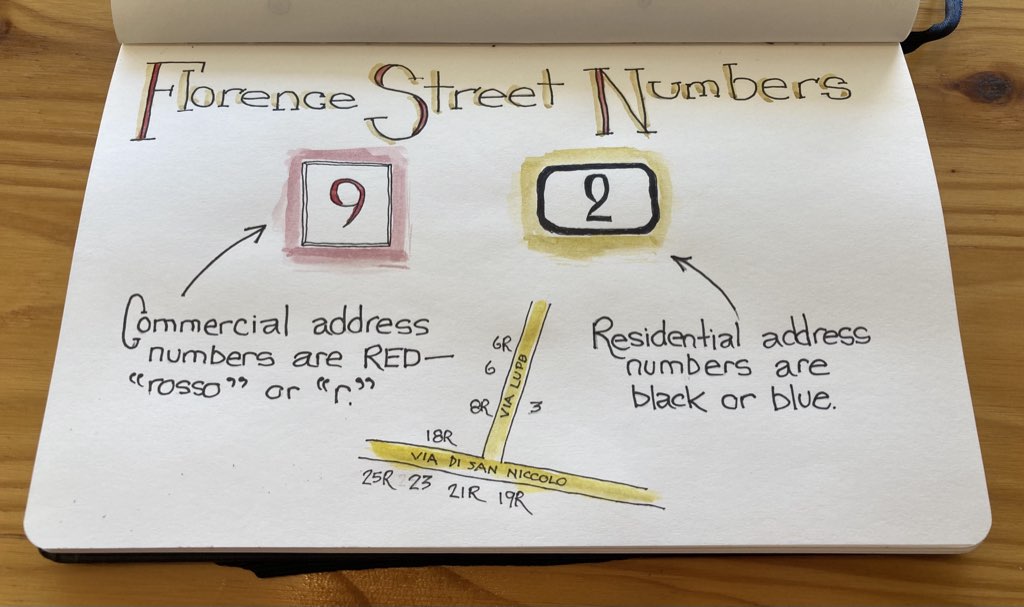
Lisa often marvels that about the things I ignore (often large and obvious things) and the things I notice (often small and insignificant things); one of the small things I noticed on the walk to Il Bisonte was a tiny plaque on the Torre San Niccoli:
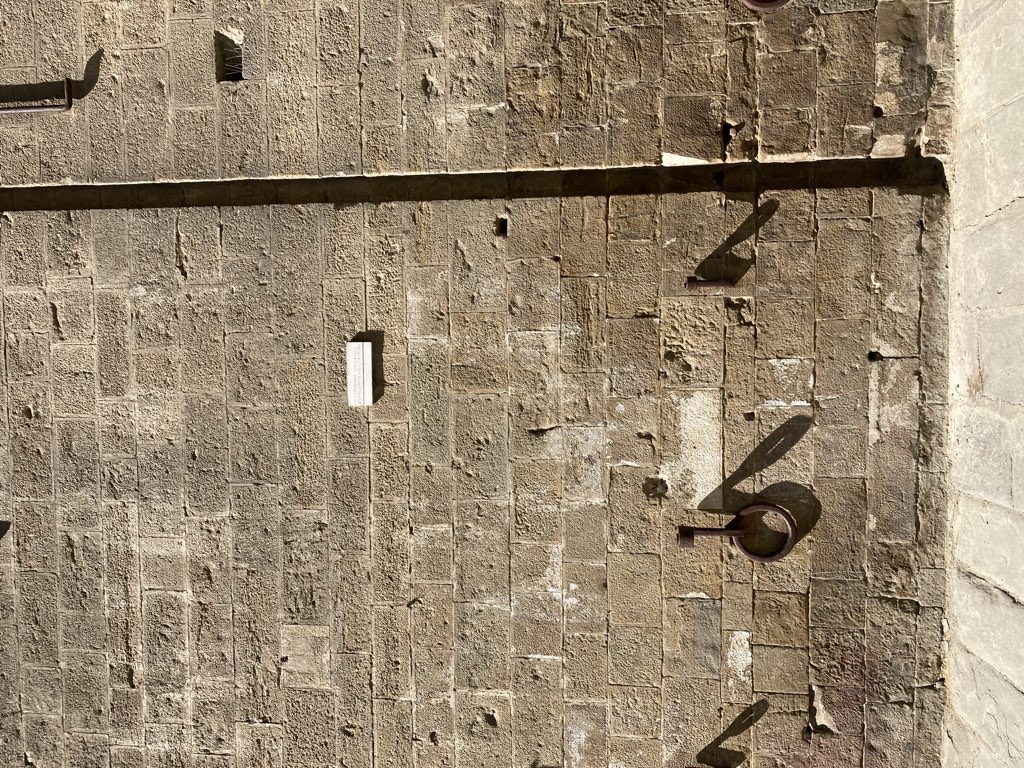
The plaque says:
Il 4 Novembre 1966 l’acqua d’Arno arrivo a quest altezza
or, in English:
On 4 November 1966 the Arno water reached this height
The Arno is the river that runs through the heart of Florence and, we learned from Wikipedia, it flooded its banks in 1966, a cataclysmic event in the city:
The 1966 flood of the Arno in Florence killed 101 people and damaged or destroyed millions of masterpieces of art and rare books. It is considered the worst flood in the city’s history since 1557. With the combined effort of Italian and foreign volunteers alike, or angeli del fango (“Mud Angels”), many of these fine works have been restored. New methods in conservation were devised and restoration laboratories established. However, even decades later, much work remains to be done.
Later, during our tour of Il Bisonte with Silvia, I asked her if the Foundation had always been in the space she was showing us at 24r.
No, she told us, the after being founded elsewhere, the Foundation moved into its current space in… 1966. A few months before the flood. As described on the Foundation website:
The 4th of November 1966 was a turning-point in the history of Il Bisonte, the premises of which had just been moved to the old district of San Niccolò, where they are located still to this day. The premises were submersed by the Arno flood, Guaita saved herself by escaping through a window, and many works were badly damaged or even lost.
Silvia pointed out to us the same plaque on the wall inside their offices, showing the high water mark from November 4, 1966, which illustrated more than anything else how overwhelming the flood must have been:
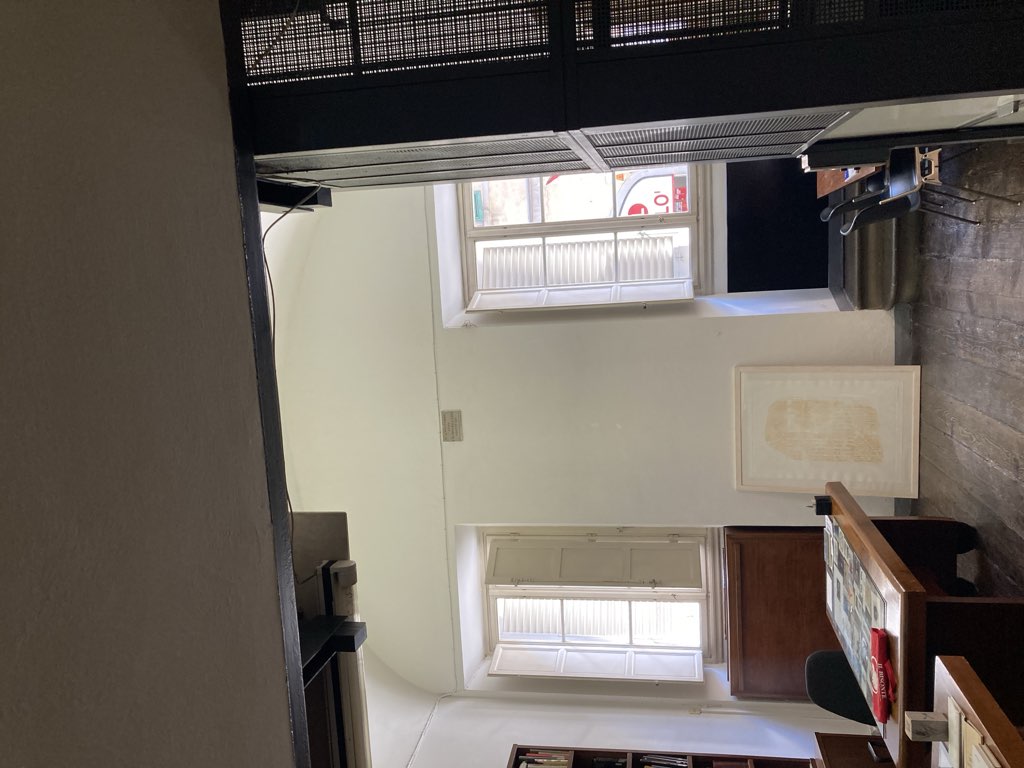
One of the silver linings in the flood of Il Bisonte is that founder, Maria Luigia Guaita, reached out to artists around the world for support, and one who responded was Henry Moore:
Numerous artists offered their help in order to restore the activity of the printing house. Among them, Henry Moore realised famous etchings around the theme of the human figure. In 1972 Guaita managed to organise the first exhibition of Moore’s sculptures at the Forte Belvedere, and in that same period Il Bisonte hosted an exhibition of his graphic production.
Some of Moore’s work, along with those of many other printmakers, renowned and not, grace the walls of the Il Bisonte library:


Remember how I often notice small things and miss the big ones: it’s only now that I realize that, in English, Il Bisonte translates to The Bison. This serves to explain the frequent bison references I saw on the tour, including this one in the workshop:
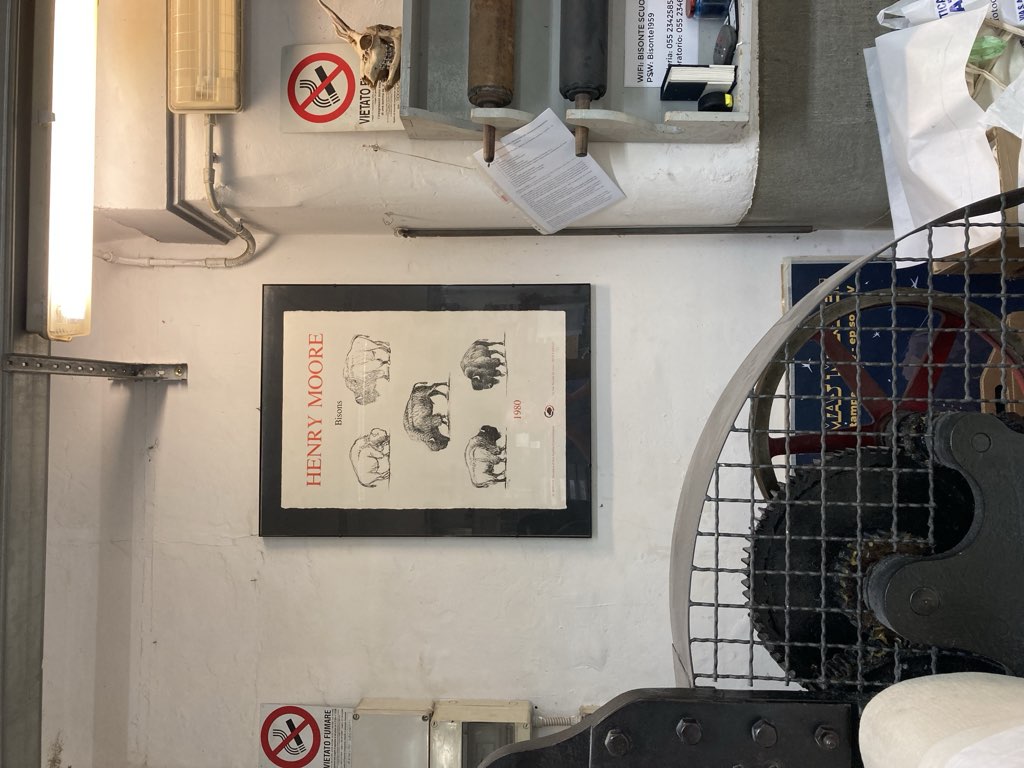
Winnie Lim, in a recent post, quotes Oliver Burkeman from You Can’t Hoard Life:
Spending your days trying to get experiences “under your belt”, in an effort to maximise your collection of experiences, or to feel more confident about the future supply of similar experiences, means placing yourself in a position from which you can never enjoy them fully, because there’s a different agenda at play.
When I think about our month in Europe, it’s times like our afternoon at Il Bisonte that I remember most fondly, experiences that simply emerged slowly from wandering and paying attention. We were at our worst when we did what Burkeman describes as clenching — “an attempt to grasp the moment and bring it under my ownership” — relentlessly trying to pursue things (the perfect place to stay, the perfect restaurant, the perfect view, the perfect thing to see in any given city).
We visited Florence. We didn’t visit David. We didn’t tour the Uffizi. We didn’t climb the Duomo.
But we learned about two sets of street numbers, had a lovely tour of a printmaking school, and learned about a singular event in the city’s history. That is how I love to travel.
The first time I went to Europe as an adult, in 1998, I carried my money in travellers cheques, and mostly dealt in cash (after cashing them in, in dribs and drabs, over the trip). I was able to withdraw cash from ATMs along the way too, and sometimes use my Mastercard (although not always: some places only took Visa). I repeated this on a trip, around the same time, to South Korea, to visit my brother Steve, and in that case I actually lost the travellers cheques, as a result of a jet lagged stumble in Seoul, and had them refunded at the Thomas Cook office, which was exactly travellers cheques value proposition (it was as easy and seamless as the TV commercials made it out to be).
A decade later, in the heart of my heavy European travel jag, I’d shifted almost entirely to withdrawing cash from ATMs, paying for things like hotels with my Mastercard. This was still occasionally an issue: I recall the paying for certain things, especially train tickets, in Sweden and Denmark, wasn’t possible with a Canadian credit card.
Now, a quarter century into travel to Europe, our trip to Sweden, Denmark, The Netherlands, and Italy, was almost entirely cashless: I used my Mastercard (most often via Apple Pay on my Phone) for almost everything, with just a few exceptions (for things like an off-the-books extension of an Airbnb rental, paying tourism taxes, feeding parking machines). I made two ATM withdraws in 30 days.
One of the side-effects of using the same card for everything is that getting an overview of how much I spent on the trip, and on what, is as easy as downloading a CSV of my Mastercard statement into a spreadsheet and running a pivot table over it, using the automatically-assigned purchase categories:
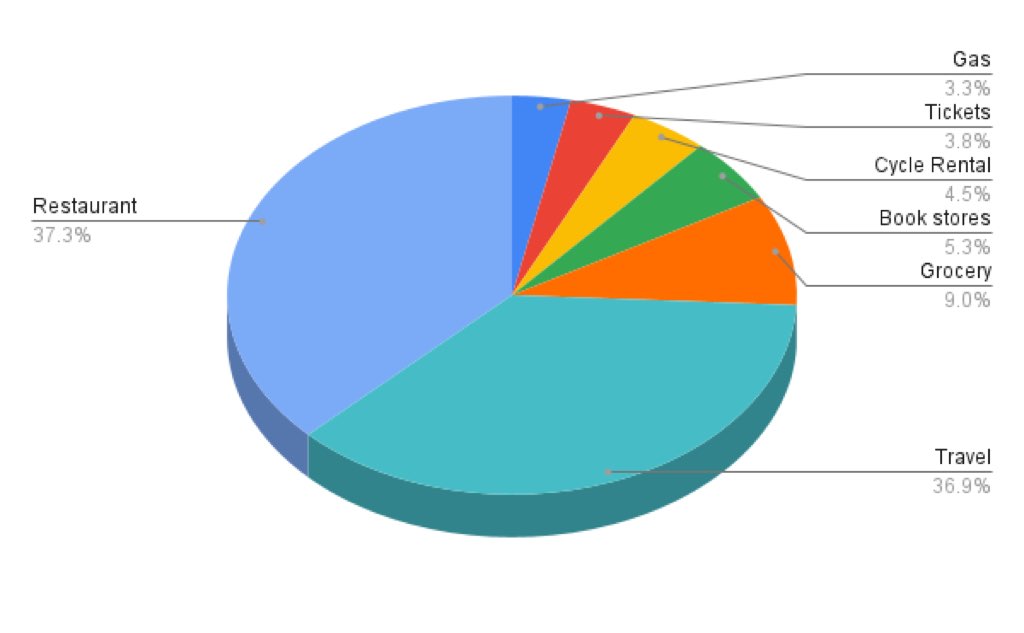
I’d long assumed that the only way to enter accented characters on a Mac keyboard was remembering the arcane series of key combinations required for each one. How many times have I typed Malm and then “Option + U, O” to get the ö to make Malmö?
It turns out that, in the modern era, it’s much much easier, as Apple documents here:
In an app on your Mac, press and hold a letter key on the keyboard—for example, a—to display the accent menu.
It works:

Toward the end of our month away I got reflective, and occasionally found myself in a “I need to document all this so I don’t forget!” This rough outline map of our travels was one of those times.
Across the piazza from Bar San Martino is Bar-Pizzeria San Martino. I sat there having a coffee on our last morning in Gubbio, ignoring the ancient church across the way and focusing on the lovely post box instead.
Once we entered the maelstrom of printing, first in Hilversum and then, the next week, in Serrazzano, I fell out of my daily sketching practice, and only picked it up the following week, in the Italian town of Gubbio. One morning I went for coffee by myself at Bar San Martino.
April 17 was an all-day travel day for us, taking trains from Copenhagen to Hilversum, via Hamburg and Osnabrück. It was a long day, with some bumps along the way, but we made it.
We spent April 15 and 16 in Copenhagen. Lisa had never been, and didn’t want to miss the opportunity to see at least a little of the city (I would never turn down an opportunity; it’s one of my favourite cities).
We started with coffee at Prolog Meatpacking, rented bicycles from Rosenborg Cykler, cycled to the Experimentarium (see also my trip there with Olivia), and finished up with burgers at Halifax.
Our Airbnb in Malmö was bright and airy and well-equipped. Our time there is coated with a layer of jet laggy foggy memories. I made this sketch on our last morning.
On Sunday in Malmö, we gathered with Luisa, Olle, Nene, and Loe at Luisa’s studio at Blå Huset for a bookbinding bee. More details on our This Box is for Good site.
 I am
I am